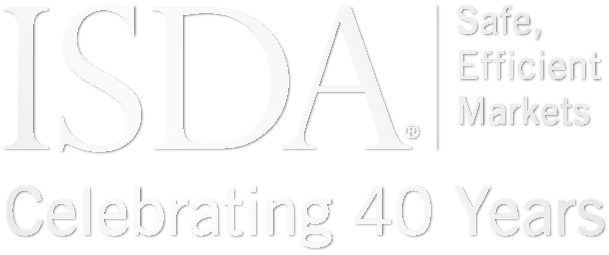This paper explores the accounting implications of recent investment in and use of digital assets, including, but not limited to, cryptocurrencies. The paper aims to identify and illustrate how digital assets are accounted for and reported under US Generally Accepted Accounting Principles (US GAAP), as upheld by the Financial Accounting Standards Board (FASB), including comparisons with the International Financial Reporting Standards (IFRS), as upheld by the International Accounting Standards Board.
As use of digital assets becomes more pervasive, alternative approaches to accounting for digital assets should be introduced under US GAAP and IFRS to create more useful financial reporting information. At present, many market participants believe the existing accounting frameworks do not provide decision-useful information to users of financial statements.
The US Securities and Exchange Commission has received a number of questions relating to digital asset-related transactions or business models. The topics covered include: (1) when digital assets represent an asset or liability of the registrant; (2) determining the cost basis for digital assets; and (3) revenue recognition considerations. The FASB issued a consultation in 2021 to invite stakeholder feedback about the future standard-setting agenda of the FASB, and the vast majority of respondents identified digital assets as a top priority. Out of 522 responses received by the FASB, 445 responses from a variety of stakeholders focused solely on accounting for digital assets. Those respondents included academics, holders of digital assets, individuals, investors and other preparers,
practitioners and users of financial statements.
In this paper, it is proposed that the framework for accounting for digital assets should allow for such assets to be accounted for at fair value
Documents (1) for Accounting for Digital Assets: Key Considerations
Latest
ISDA Response to ESMA on CCP Model Validation
On April 7, ISDA responded to the European Securities and Markets Authority’s (ESMA) consultation on draft regulatory technical standards (RTS) under article 49(5) of the European Market Infrastructure Regulation (EMIR), on the conditions for an application for validation of model...
Scott O'Malia Testimony on US Treasury Clearing
On April 8, ISDA CEO Scott O'Malia testified on the implementation of mandatory US Treasury clearing before the US House of Representatives Committee on Financial Services Task Force on Monetary Policy, Treasury Market Resilience, and Economic Prosperity. “The US Treasury...
Joint Letter on Changes to French General Tax Code
On March 31, ISDA, the Association for Financial Markets in Europe (AFME) and the International Securities Lending Association (ISLA) sent a letter to the French tax authority about changes being made to Articles 119 bis A and 119 bis 2...
Cross-product Netting Under US Capital Rules
ISDA, FIA and the Securities Industry and Financial Markets Association (SIFMA) have developed a discussion paper to: (i) provide an overview of cross-margining programs developed by clearing organizations and their importance in the context of implementing recent market reforms with...


